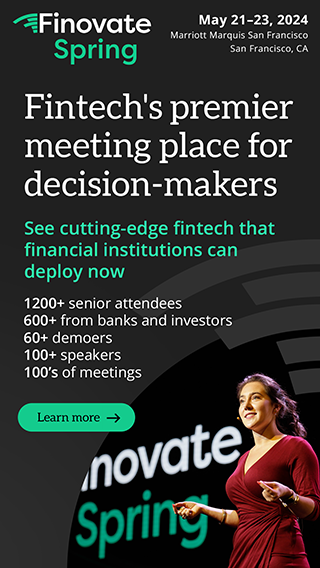Guest Opinion: Our Dangerous Innovation Blind Spots
/Theodora (Theo) Lau
“Our investing culture blind spots are causing us to ignore places, people, and ideas in a way that stifles innovation and makes it difficult for most entrepreneurs to realize the American dream.”
– Ross Baird, Founder and CEO of Village Capital
Just the other day, I was on the phone with an entrepreneur I met at a start-up event. During the course of the conversation, he told me that he was relocating from Houston to the Bay Area. In fact, he was literally driving as we spoke. His main reasons? A lack of mentors and a support system back home. In the course of the next three short months in California, on Castro Street, he was able to meet investors, mentors, and people that he otherwise did not have access to, one of whom became the CTO of his company. Similarly, another entrepreneur in Tampa Bay told me that he was also considering moving out to Silicon Valley since he was struggling to find the resources he needed to make his startup successful.
Stories like these aren’t unique. In fact, they are the backbone of Ross Baird’s new book, The Innovation Blind Spot. As Ross pointed out, “The average distance between a VC firm and the companies it invests in is eighty miles.” So even if you are an entrepreneur with a great idea, if you live outside the ‘zone,’ chances are pretty slim that you would have access to capital, because you simply don’t fit the pattern. Such blind spots cause investors to miss not only companies but also entire markets of people.
According to Ross, almost 80% of start-up investments go to three states: Massachusetts, New York, and California. Only four of the top 25 most active venture capital firms in the country were headquartered outside Boston, New York City, and San Francisco, and a majority of start-up investment goes to founders who are white, male, and from connected networks. In fact, less than 5% of investments went to female founders, and less than 1% went to African American and Latino founders. “Because venture funds are under extreme pressure to deliver quick profits to investors, they prioritize short-term value capture over long-term value creation.”
Therein lies the problem with our innovation culture.
I have had the distinct pleasure of working with the Village Capital team in the past year, and I have always been amazed by how tight-knit and diverse their cohorts are. And the results speak for themselves. Their female entrepreneurs have received seed investment nearly 40% of the time. The revenue growth of firms with women co-founders that receive a first investment in their first two years of operations exceeds those by male-run companies by 30%. Ross and his team have managed to do what our current venture capital process cannot achieve: create economic opportunity for entrepreneurs regardless of their background and demographics.
In a company of any size, it is easy to have blind spots, starting from the hiring process to how new products are created. There are great innovators and thinkers everywhere, both inside our organizations and outside our own backyard. To be successful, we must venture beyond the zone and look to different places and people for new ideas. We need to be intentional in building a diverse team and integrate our work and our purpose, in order to bring true value to the problem we are trying to solve at hand. Chances are, innovative ideas are right around the corner.
“Perhaps our biggest blind spot of all is our tendency to look to individual heroes and innovators, rather than communities and ecosystems, to solve our biggest problems.”
In addition to pointing out the flaws of our start-up ecosystem, Ross offers a practical guide on what can be done to fix them. (My favorite quote: “Be more self-aware and get a woman as a co-founder!”) His book is one of the most inspirational business books I have read in a while. It is a must-read for anyone and everyone who cares about our country’s future and how innovation can play a part in it. Ross puts it candidly: “If we don’t build systems that are accessible to the best ideas, we will miss most of them.” If you want to do the right thing and make the world a better place, read this and be encouraged. There is hope at the end of the tunnel.
Dan Schulman, CEO of PayPal and corporate sponsor of Village Capital’s FinTech Program, delivered a passionate keynote at Money 20/20 this year on financial inclusion. “With opportunities come responsibilities,” he said. He also pressed upon all of us to help democratize and transform financial services for the 2.5 billion unbanked people around the world.
As I have often said, there has to be a greater purpose to work than a paycheck. There is only one world, and we are all in it together. We all play a role in it, so let’s work together and make it a better place not just for us, but for our children and the generations after them. Let’s foster a society where anyone with a great idea can have a chance to try, no matter who they are, where they live, or what social circles they belong to.
Let’s dare to dream.
Theodora (Theo) Lau is a thought leader whose work seeks to spark innovation in the private sector for the benefits of the 50-plus consumers. She focuses on developing and growing an ecosystem of financial institutions, entrepreneurs, and venture capitalists to better address the unmet needs of older adults. All views in this article are her own.







